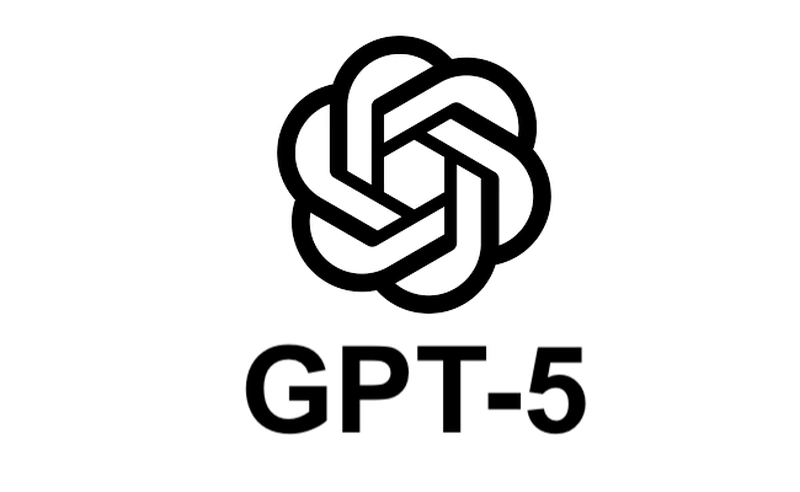KV Caching in Large Language Models: A Key Optimisation Technique
KV Caching

KV Caching in Large Language Models: A Key Optimisation Technique
As large language models (LLMs) continue to evolve, the demand for faster and more efficient inference has grown dramatically. One of the most effective methods for achieving this efficiency is KV caching, short for Key-Value caching. This technique plays a crucial role in reducing computational overhead and speeding up token generation during inference.
What is KV Caching?
In transformer-based models, such as GPT and other LLMs, each attention layer computes key and value representations for every token in the input sequence. During text generation, new tokens are generated one at a time. Without caching, the model would need to recompute attention over the entire sequence at each step, which quickly becomes computationally expensive as the sequence length increases.
KV caching solves this problem by storing the key and value tensors computed at previous steps. When generating the next token, the model reuses these cached tensors instead of recomputing them. This significantly reduces redundant computation, leading to faster inference and lower latency—especially important for long text sequences or real-time applications.
Why KV Caching Matters
The efficiency gains from KV caching are substantial. By keeping previously computed attention data in memory, LLMs can operate with O(n) complexity per token (where n is sequence length) instead of O(n²). This optimisation makes interactive chatbots, coding assistants, and streaming-based generation feasible on modern hardware.
Moreover, KV caching enables batching and streaming optimisations in deployment frameworks, helping LLMs scale better across GPUs and TPUs while maintaining consistent performance.
Dense MoE vs Sparse MoE Models
KV caching also interacts differently depending on the type of model architecture—particularly when comparing dense and sparse Mixture of Experts (MoE) models.
- Dense Models:
- Every parameter contributes to the forward pass, leading to consistent KV cache usage across layers. While this ensures predictable performance, the memory footprint can be heavy, especially for very large models.
- Sparse MoE Models:
- Only a subset of “expert” networks is activated for each token. KV caching in sparse MoEs becomes more intricate, as caches must be managed per active expert. However, this approach allows models to scale efficiently—activating fewer parameters per token while maintaining high performance. Sparse MoEs thus benefit from conditional computation, making KV caching even more critical for balancing speed and accuracy.
The Future of KV Caching
As model sizes continue to grow, KV caching will remain a fundamental technique for enabling scalable inference, lower latency, and energy-efficient LLM operations. Emerging research is exploring quantised and compressed KV caches to reduce memory requirements further, paving the way for faster, smaller, and more capable models.
#AI #MachineLearning #LLM #Transformers #KVCaching #DeepLearning #MoE #SparseModels #DenseModels #Optimisation #Inference






